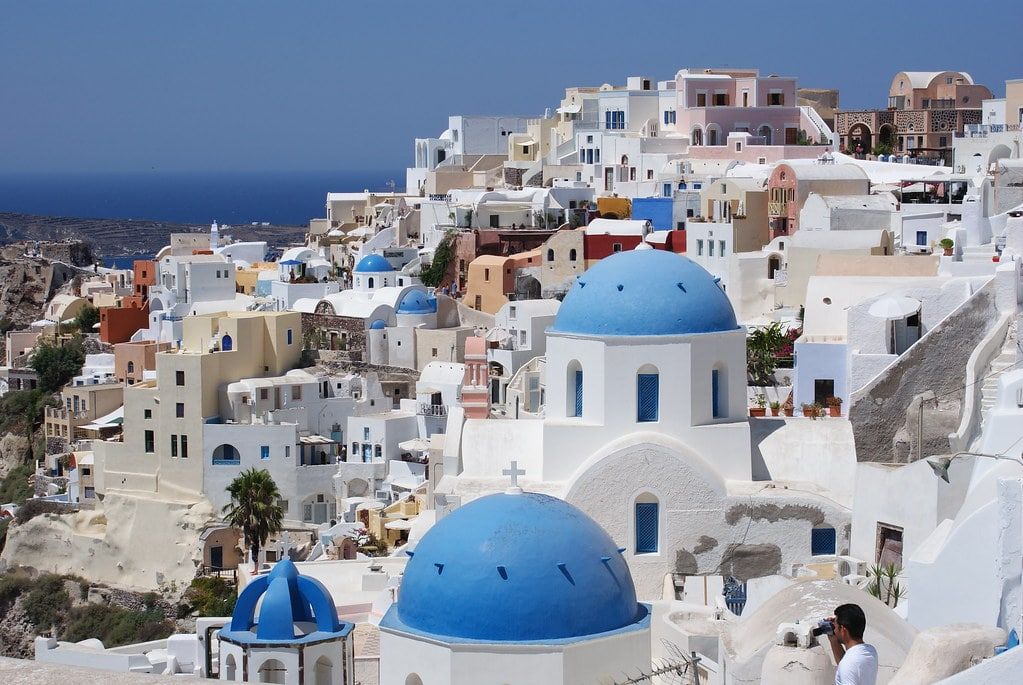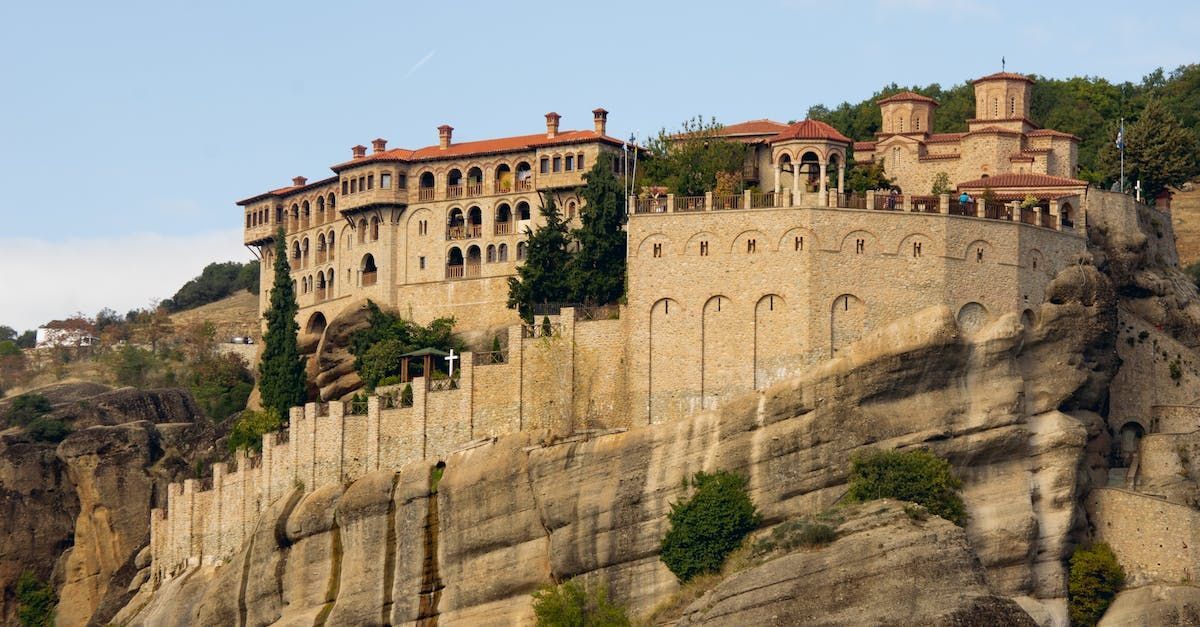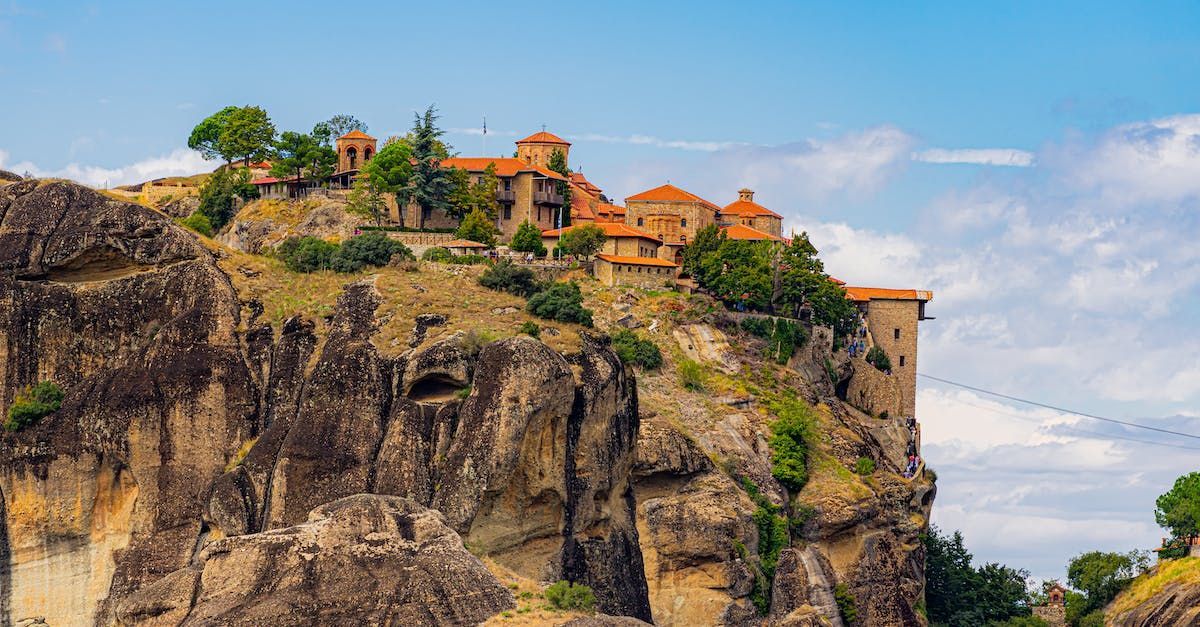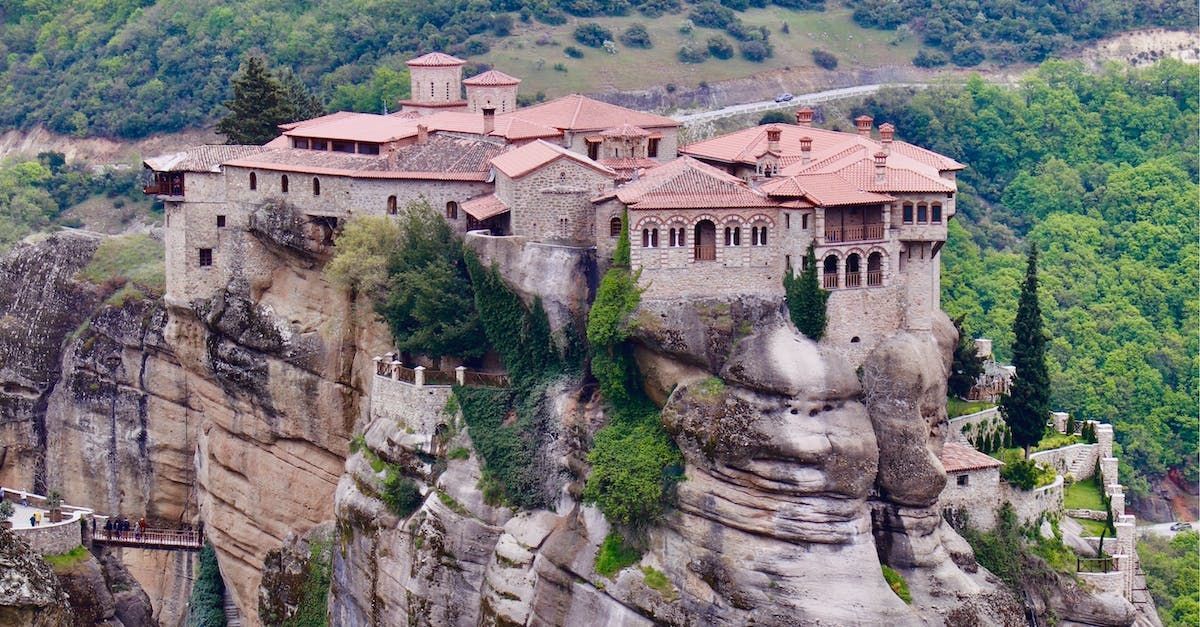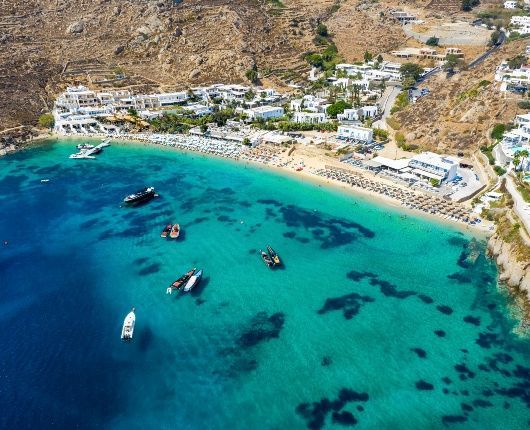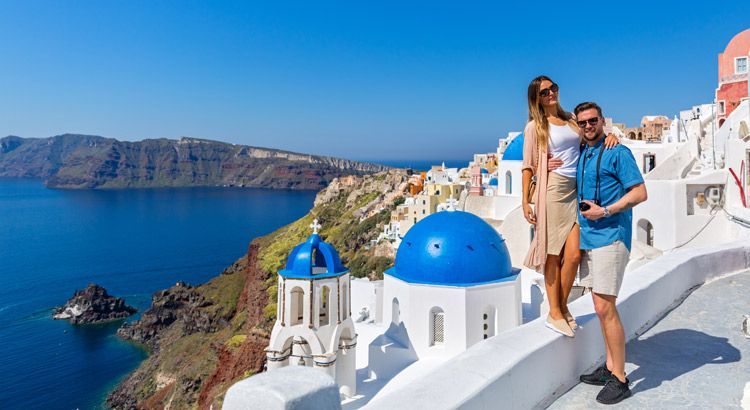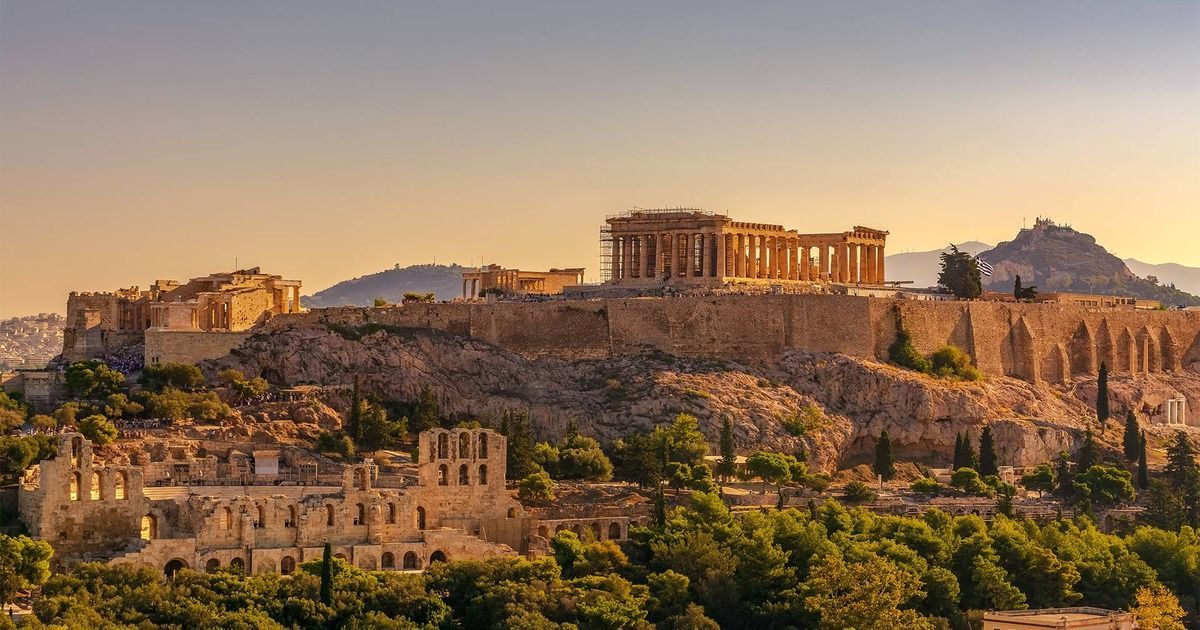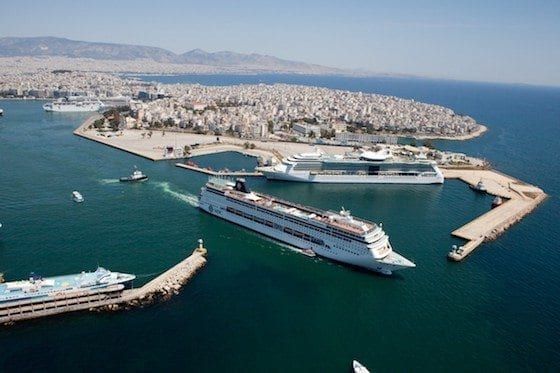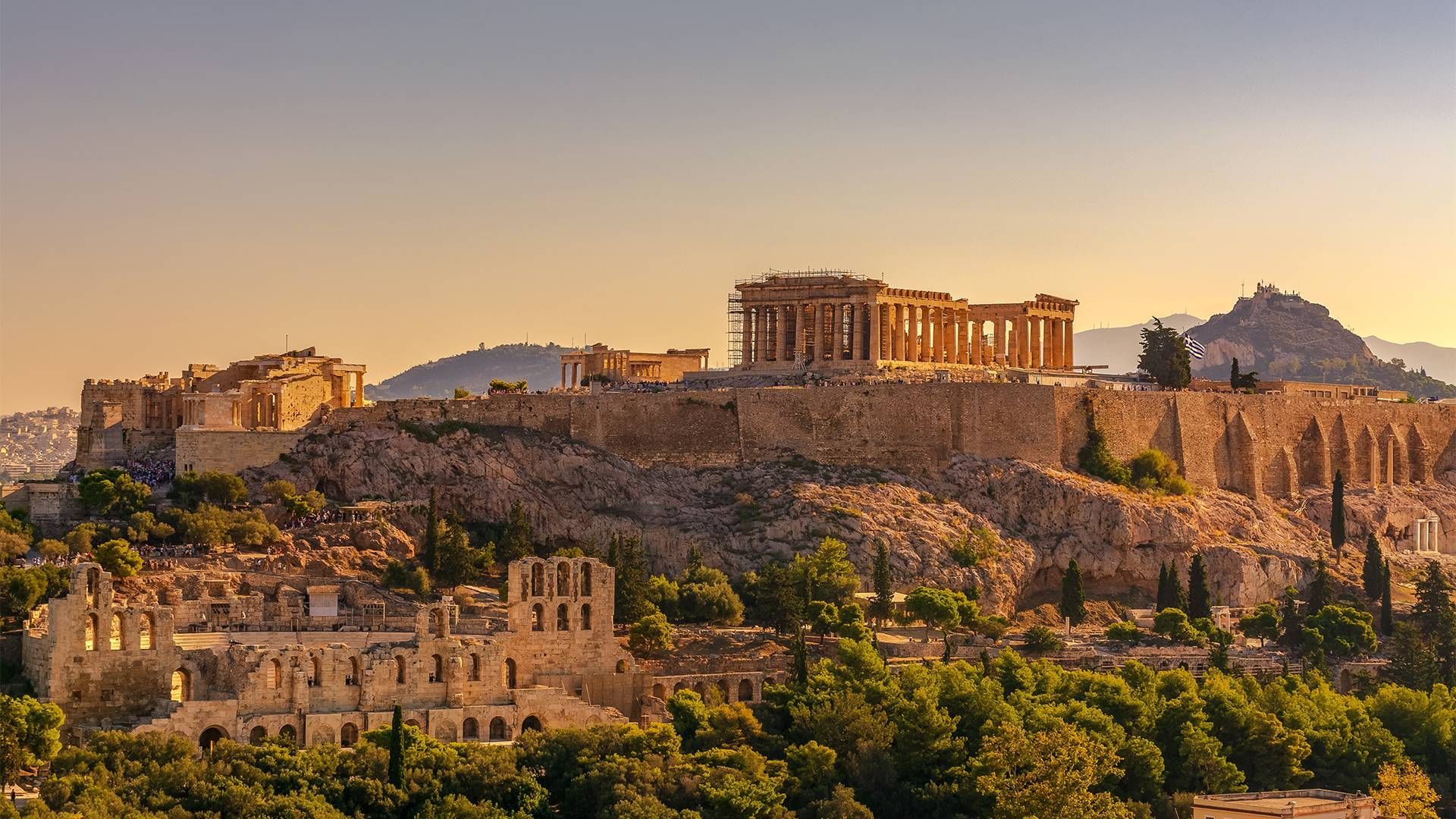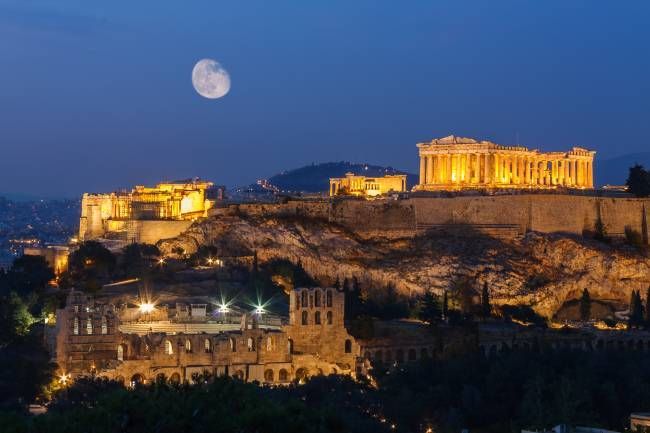Visiting Meteora Monasteries
Read this Meteora guide for everything you need to know to efficiently plan your time in one of the most spectacular places on Earth.
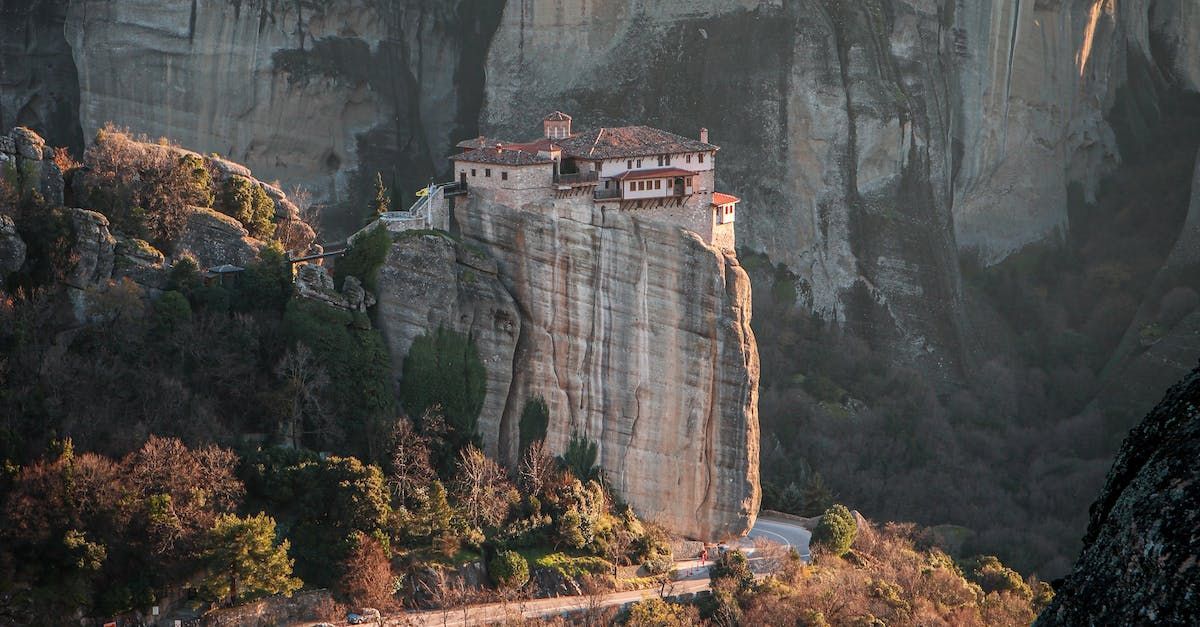
Indeed, you have to see Meteora to believe it exists. Yet it is hard to comprehend how on earth the monks back in the medieval ages came up with an idea and actually managed to build sacred homes atop hundreds of meters tall vertical rocks. The nature and human work involved are no less than mind-blowing.
Tips and FAQ for visiting Meteora
These Meteora travel tips will give you an overall idea of what to expect during your visit:
- There are 6 functional Greek Orthodox monasteries in Meteora that you can visit during their opening times (provided below in this post).
- The entrance fee to each of the monasteries is 3 EUR per person. Budget 18 EUR if you want to visit them all. Greek nationals enter for free.
- Each of the 6 monasteries in Meteora is closed on one day during the weekday in the summer season, and some of them a few days a week during the winter season. All of them are open during the weekend (Saturday and Sunday) all year round.
- Mind the dress code when visiting Meteora monasteries: you must cover your shoulders and knees to enter monasteries. Ladies must wear a long skirt covering the knees (pants are not allowed for ladies and they are strict about it). All of the monasteries (except Varlaam) provide skirts free of charge at the entrances.
- Meteora’s popularity grew exponentially during the past few years. Thus, expect lots of independent visitors and even more tour buses all year round from sunrise to sunset. Visit during winter months for the least amount of people.
- Parking is available at each of the monasteries. When it gets full, people park alongside the main road, which is normal.
- Snacks, water, and soft drinks are available to buy at the entrances to the largest monasteries- Great Meteoron, Varlaam, and Saint Stephen. Yet, bring your own bottle of water if you are planning on visiting smaller monasteries or venturing off the beaten path.
- It is possible to visit all monasteries in one day on a weekend. However, it may feel exhausting and rushed.
- If you can, spend at least one night in Meteora to experience the sunset and the sunrise– the most magical times for photography.
- It is possible to get around Meteora and visit monasteries by walking if you are game (and fit enough to handle at least 16km uphill and downhill).
- 5 out of 6 monasteries are accessible via a number of steep stone stairs (minimum 140 to over 200, depending on the monastery). This should be taken into consideration if a visitor has mobility restrictions. Only St. Stephen nunnery has a flat path with no staircase making it easily accessible to everyone.
- Frescoes inside the monasteries are beyond impressive. However, photography is not allowed inside churches (they will spot you through cameras if you try to snap a shot). Yet, there are a few places in a couple of monasteries, where you can take a picture of the beautifully ornated room.
If you do not have your own means of transport and prefer having a knowledgeable guide, and all the logistics sorted, joining a Meteora tour either from Athens, Athens Airport or Piraeus Port is a good idea.
Even with limited time, it is feasible to join a day tour and experience the magic of this truly incredible place.
- For those of you who have limited time, require guidance, and/or aren’t keen on walking, there are plenty of tours available to book in Athens. For example, this Meteora tour from Athens is top-rated by travelers.
The best time to visit Meteora
- For best weather: the best time to visit Meteora is autumn (mid-September to November) and spring (mid-March to May) when the day temperatures are the most pleasant (15-25 °C/83-59 °F).
However, do not expect to be the only visitor. I traveled to Meteora on the last week of October hoping it to be empty, and it was far from that, especially on the weekend. Tour buses were unavoidable, arriving at the most popular viewing points for sunset and sunrise on the dot and then heading directly to the monasteries (which open quite late at 9 am).
- For the least crowds: the best time to go to Meteora is in winter (December-February). Yet, you can expect snow (it does freeze at night) and quite cold during the day (6-12 °C/42-53 °F)
- Avoid: summer is possibly the worst time to visit Meteora due to the heat and thousands of tourists. In June-August temperatures during the clear day are an average of 27-33 °C/80-91 °F. It can be way more on clear midday under the sun.
Meteora monasteries opening times
- Great Meteoron Monastery: 9 AM – 3 PM, closed on Tuesdays;
- Varlaam Monastery: 9 AM – 4 PM, closed on Fridays;
- Roussanou Monastery: 10 AM- 4 PM, closed on Wednesdays;
- Holy Trinity Monastery: 10 AM -4 PM, closed on Thursdays;
- St. Stephens Nunnery: 9 AM-1:30 PM and 3:30 PM-5:30 PM, closed on Mondays;
- Agios Nikolaos Anapafsas Monastery: 9 AM – 5 PM, open every day.

